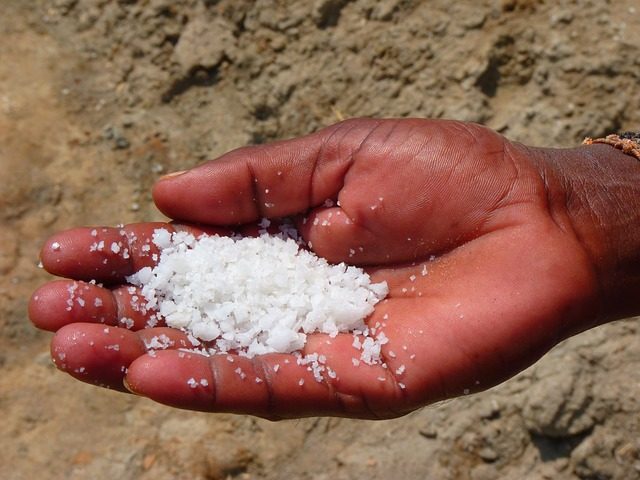Dying a slow death, is the 1,500 year old non-polluting salt making industry in Goa. The depleting salt pans will negatively affect our well being.
Before industrially-produced salt came to Goa, every household produced this staple through the natural evaporation process. Production and trade of salt contributed to the economy during the Portuguese rule as it was the chief export commodity. The easy access to sea water and favourable climate made Goa an apt salt industry. However fast forward to present day, there are several problems that the traditional makers face:
- Salt producers are getting very low profits and the commodity is more expensive than iodized salt.
- Increasing competition of industrially produced iodized salt which are easily available at low cost.
- The cost of labour has also increased and the government does not provide financial assistance.
- Water pollution hampering the effectiveness of salt production.
Due to these and some other reasons, the number of salt pans from 36 villages has decreased to only 9 villages in 2012 in the state. To further understand the process; salt pans (Mithagar or Mithache agor) form a part of the reclaimed waterlogged khazan lands. These lands are not used for salt production alone, but are also utilized for aquaculture and agriculture.
Salt production process
Salt pans in Goa experience three main phases. This includes the ceased phase: during monsoon period of June to October, the Preparatory phase from December to January and the salt harvesting phase, from February to June.
After the monsoons, the salt pans are prepared manually for salt production. During high tide, an influx of sea water occurs, which enters the reservoir pans through sluice gates. The sea water after 1–2 days on attaining salinity is released into the evaporator pans and kept till it attains a high amount of salinity. The brine is then released to crystallizer pans, where the salt crystallizes out and is then harvested.
Need of preservation
Let’s face it, our planet is dying and there is no one to blame but us. The main reason to preserve this tradition (if not for it being one of the non-polluting industries) is simply because salt pans form a unique ecosystem wherein succession of numerous organisms varying from bacteria, to fungi to algae and other micro-organisms are known to colonize salt pans and influence the quality of the salt produced. If the production of this commodity ceases, these ecosystems will no longer sustain life and will therefore affect the food webs which will eventually affect us in the long term.
I hope all of you reading this will at least give a thought about the dangers we face with the so called ‘developing’ Goa. The effects and struggles are real. We can no longer wait for government officials and authorities to take up initiatives to save Goa.


